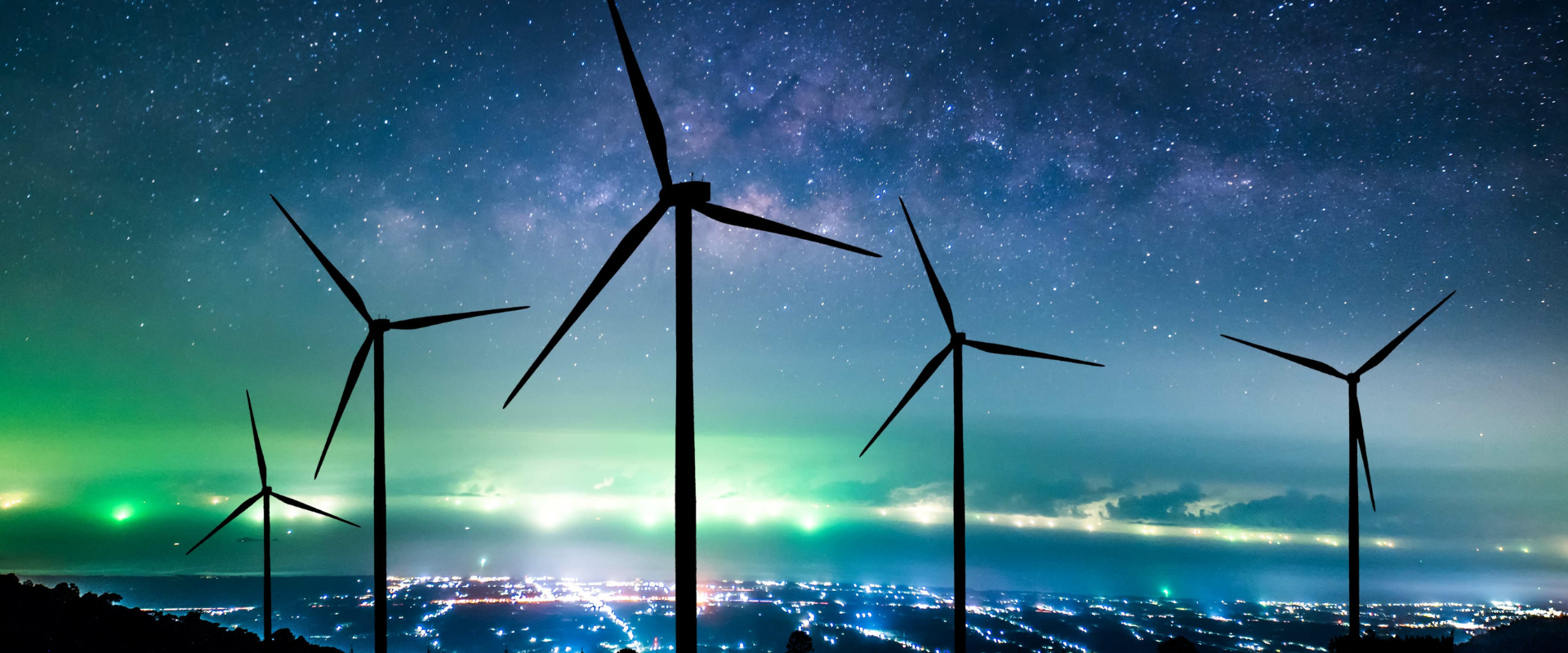Power rangers: New battery tech on the horizon
May 16, 2024 | By Joshua Farrington
We’ve all been there. It’s Christmas morning. A child tears away the gift wrapping, rips the most sought-after toy of the year out of its packaging, and presses the button, ready to annoy the house for days to come with noise and flashing lights — but nothing happens. You check the discarded box and read the small print: “Batteries not included.”
Nowadays, it seems batteries are in included everything, from our watches and our phones to our bikes and cars. Instead of stealing them out of the TV remote or hunting for them in the back of dusty kitchen drawers, we’re working out ways to keep them charged and eke more out their lifespan — and, perhaps, even change our energy infrastructure altogether.
As reported earlier this month in the New York Times, giant batteries are transforming how the U.S. uses electricity, particularly in areas that are using more renewable sources of electricity such as solar and wind power.
Since 2020, California, the state which uses more solar power than any other, has installed more giant batteries to its energy grid that anywhere else in the world besides China. The logic is simple: Because there’s no sun at night, there’s no solar power. But by storing excess energy soaked up during the day in batteries, it can be used overnight, replacing some of the demand for fossil fuels.
Similarly in Texas, overnight wind power can be stored during the hours of low demand, to be used the following day when the usage surges. Over the past three years, battery storage capacity on the U.S. grid has increased tenfold and is expected to double again this year. As Helen Kou, head of U.S. power analysis at BloombergNEF told the Times, “Batteries are quickly moving from these niche applications to shifting large amounts of renewable energy toward peak demand periods.”
But batteries alone won’t fix our reliance on fossil fuels. Lithium ion batteries are still mainly produced in China, making availability an issue, while they’ve become also a fire risk. Luckily, battery technology continues to develop, and with it, the potential for new capabilities.
One innovation is the development of flow batteries, which store energy through salt water. To charge the battery, the water is separated into an acid and base, which are stored in separate tanks. When recombined, the reaction releases energy. As reported by Imperial College London, Jiajun Cen developed the idea while studying there, and now leads AquaBattery, which has just received €6 million in seed investment to help bring the tech to market.
Energy storage could also be transformed by new material structures, letting capacitors in electric vehicles and other devices hold charges for much longer.
Live Science covered a recent breakthrough — made inadvertently by scientists — into “heterostructures” with a novel property that that reduces the speed at which energy dissipates through a material. These new capacitors have the potential to hold 19 times higher energy density, and could be the foundation for improved batteries across both consumer devices and grid-scale energy storage.
Checking it out
Online shopping is a regular part of our retail lives, but big box retailers are still trying to bring digital experiences into physical spaces.
Retail chain Sam’s Club is the latest brick-and-mortar store to introduce an AI-powered checkout experience, which uses a combination of AI, computer vision and digital tech to allow customers to pay for their shopping and leave without it being scanned or validated by a member of staff.
Since the rollout of the tech in 120 stores, exit times for all shoppers had increased by 23%, with an 11% increase in member satisfaction for the speed of the experience, a spokesman for the members-only chain, which is owned by Walmart, told PYMNTS. The brand says it hopes to add the system to all its stores before the end of the year.
The move comes in the wake of Amazon moving away from a similar system in its Amazon Fresh grocery stores in favor of a new system in which customers can scan and pay for their shopping directly on their smart shopping carts.
Whether or not the tech exists to make shopping carts easier to steer remains to be seen.